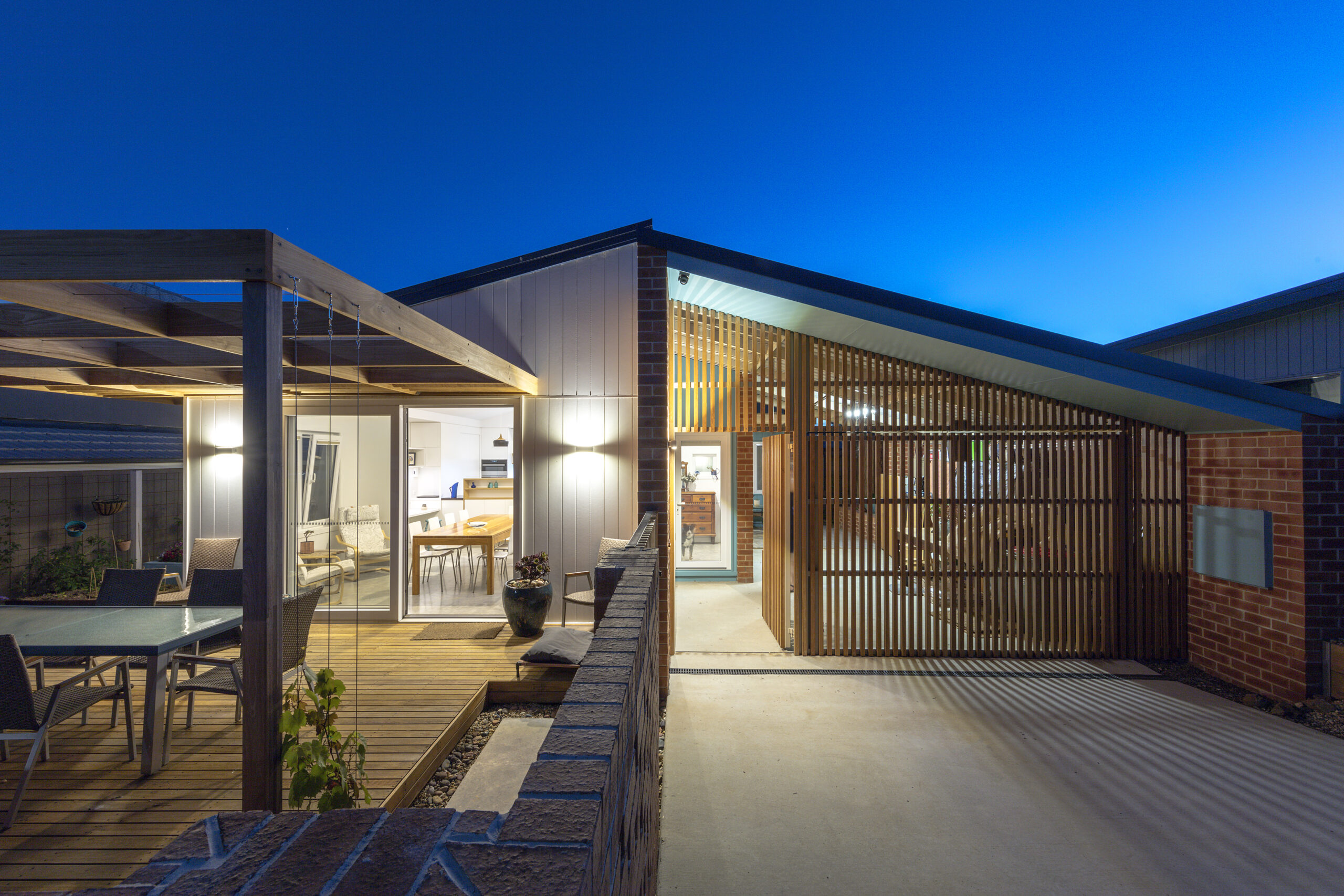You enter the kitchen at night after an exhausting day. You are exhausted, a bit cranky, and most definitely hungry. You’re dreaming of rajma or perhaps khichdi, something warm and delicious. You take out the pressure cooker and place it on the stove.
Just as you are about to put the lid on the cooker, a thought sneaks into your mind. The thought is: Are you sure… is this appliance is it safe?
It’s not just you. Many of us adore pressure cookers because of how swift and efficient they can be. But what about the hiss and the steam, or the mystery that’s locked inside? It’s nervous if you’re not certain what’s going on under the lid.
Top Safety Features for Pressure Cookers to Search for
Here’s what you need to know. Pressure cookers can produce quite a bit of steam within a brief period of time. However, with that speed comes pressure literally.
If pressure isn’t handled correctly, it could cause spills, splatters, or, even more dangerously, an accident! This is the reason why the contemporary pressure cooker has several layers of security. If you know what to look out for and you’ll never worry once more.
Lid Lock that Actually Locks
First, let’s get this out of the way: this is a non-negotiable item. You’ll want the lid not to shut when there’s pressure within. This might sound evident, but a few older models allow you to twist the lid to open, even if there’s still cooking.
Modern cookers typically have an electronic lock that activates when there’s enough pressure inside the cooker. Certain models make a click sound. Some show you the red dot or an unaligned marker that says, “Yep, locked and loaded.” It’s an insignificant thing, however, how much difference it can make in your confidence.
Valves for Steam Valves
What do they mean by that you should always have an alternate plan? It’s true for pressure cookers, too. Today’s most reliable models have at least two valves. One to release steam regularly, and the other that opens when the first valve gets blocked.
Imagine you’re cooking dal, and the grains start to bubble and block the main valve. This happens more often than you believe. Without another safety valve, the pressure isn’t able to go. But with a second valve? It’s escaped safely and gently. No drama. No panic.
Indicates Pressure: The pin that could
Have you ever sat there wondering, “Can I open it right now… or is it going to explode right in my face?” Argh, the tension. That’s why a pressure gauge pin comes in handy.
It rises when pressure is present and then falls when it’s safe enough to open the lid. No guesswork, no burns. You’ll watch the pin like a hawk for the first couple of times, only to feel a little satisfied after you’ve “read” the correct way.
Gasket Release? Yes, Please.
The gasket, the ring of rubber in the lid, is what makes this an airtight seal. Did you know that it can be dangerous when steam accumulates on top of it? Scary, right?
A few pressure cookers are now equipped with the gasket release vent, or a small cutout that redirects the steam away from your hands when it gets too hot. This is a minor thing; however, it’s there’s a difference between the safest hand burn and a safe pop. Better to be safe than sorry.
Overpressure Plug
Here’s the safety feature that nobody would ever want to use; however, you’ll be thankful that it’s there. If the other options fail, for example, if both valves fail (he,y this could occur! ), the overpressure valve or burst disc is made to allow for.
It releases steam quickly but in a safe manner, typically to the sides or down the bottom, but not straight at you. Imagine it as an escape plan for pressure cooking in the event of an emergency.
Strong Body Strong Cooker
We must not overlook the obvious. The pressure cooker is subject to plenty of heat, literally every day, boiling, scrubbing, dropping the contents, you can name it.
Choose durable materials. Think strong stainless steel or tough aluminum. They not only have better heat and last longer, but they also last longer and are also resistant to stretching. The benefit is that they are riveted with a strong grip and won’t move after three or more uses.
Daily Tips to the Safety of Pressure Cooker Safety
Even the most secure cooker requires some tenderness. Here’s a cheat sheet for you:
- Don’t overfill. Keep it to 2/3 of the maximum. For foamy things, like rice or dal, half is the best option.
- Be sure to check the gasket before each use. Seriously.
- Clean the valves following every cook. The debris is very sneaky.
- Start with high, and lower it. It’s not necessary to cook the life out.
Conclusion
If you’ve ever stood in front of the sound of a cooking appliance with an emery cloth in one hand and a fear to the side, know that the latest security tools are designed to help calm the chaos. With everything from lid lock to burst plugs, they’re made to provide security and control when cooking.
When you next shop for a pressure cooker, or eventually decide to replace the old, rusty one that your mom handed you, make sure you take note of these crucial security features. Your face, fingers, and your dinner guests will be grateful to you.





